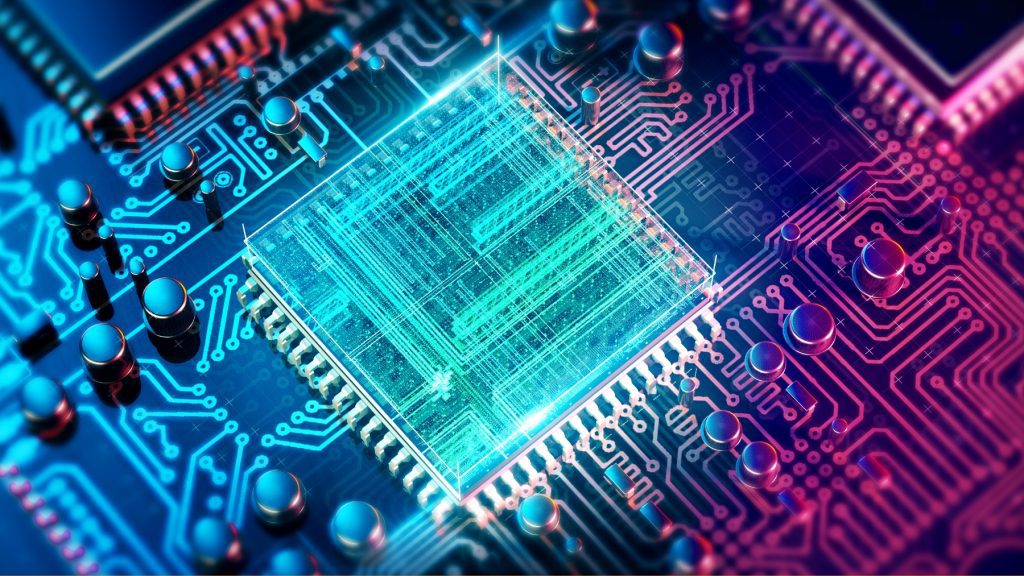
Quantum computing startup Alice & Bob has devised error correction solutions for quantum computing.
- The architecture, a combination of two techniques, allows the making of 100 error-free logical qubits out of 1,500 physical qubits only.
- This impressive reduction in resources could expedite the deployment of quantum computing for practical applications.
Quantum computing technology company Alice & Bob designed a new error correction architecture, possibly reducing the size of quantum computers by 200 times.
Unlike the standard computers that use bits (0s and 1s), quantum computers rely on quantum bits (qubits). These qubits can exist in multiple states at once, which gives these computers their exceptional computing power. The challenge lies in managing errors during complex computations because these qubits easily lose their superposition.
It takes incredible amounts of resources to correct them. Every 1,000 physical qubits (the individual hardware) forms one error-free logical qubit (a team of qubits working together in a special code). And it’s that logical qubit that protects against errors and maintains the qubit’s quantum state longer. As Linde Wester Hansen, Quantum Strategy Manager at Alice & Bob, puts it: “It’s like needing a whole orchestra to play one flawless note.” That’s a lot.
One “team” takes up a lot of space already. Now imagine how much space a quantum computer will need if we want it to be applicable. That would require 20,000 “teams”. That’s daunting and impractical.
Quantum computing technology company Alice & Bob, in collaboration with the French National Research Laboratory (INRIA), found a way to overcome the challenge.
The paper described their new error correction architecture. It combines two techniques:
- One-dimensional error correction code for phase-flips
- Low-Density Parity Checks (LDPC)
This architecture builds on their “cat qubits” concept, which already protects against bit-flip errors, reducing the number of physical qubits needed. The LDPC codes further optimize error correction.
I won’t bore you with more details but what you need to know is that they managed to make 100 logical qubits using only 1,500 physical qubits. That’s a far cry from the 100,00 originally needed.
What does this mean in the grand scheme of things?
It expedites the deployment of quantum computers for real-life applications. In turn, this means that the threat of our encryption system crumbling down and taking many sectors with it is closer than ever before. Most modern and secure encryption methods rely heavily on mathematical equations. Internet browsing, messaging apps, credit card payments, banking systems, classified military communications, military data storage, and the cloud, just to name a few.
And guess what quantum computing does for a living. It solves math equations!
We could be worrying about this quantum computing news for nothing. But are our systems ready to face that music?
Inside Telecom provides you with an extensive list of content covering all aspects of the tech industry. Keep an eye on our Tech sections to stay informed and up-to-date with our daily articles.